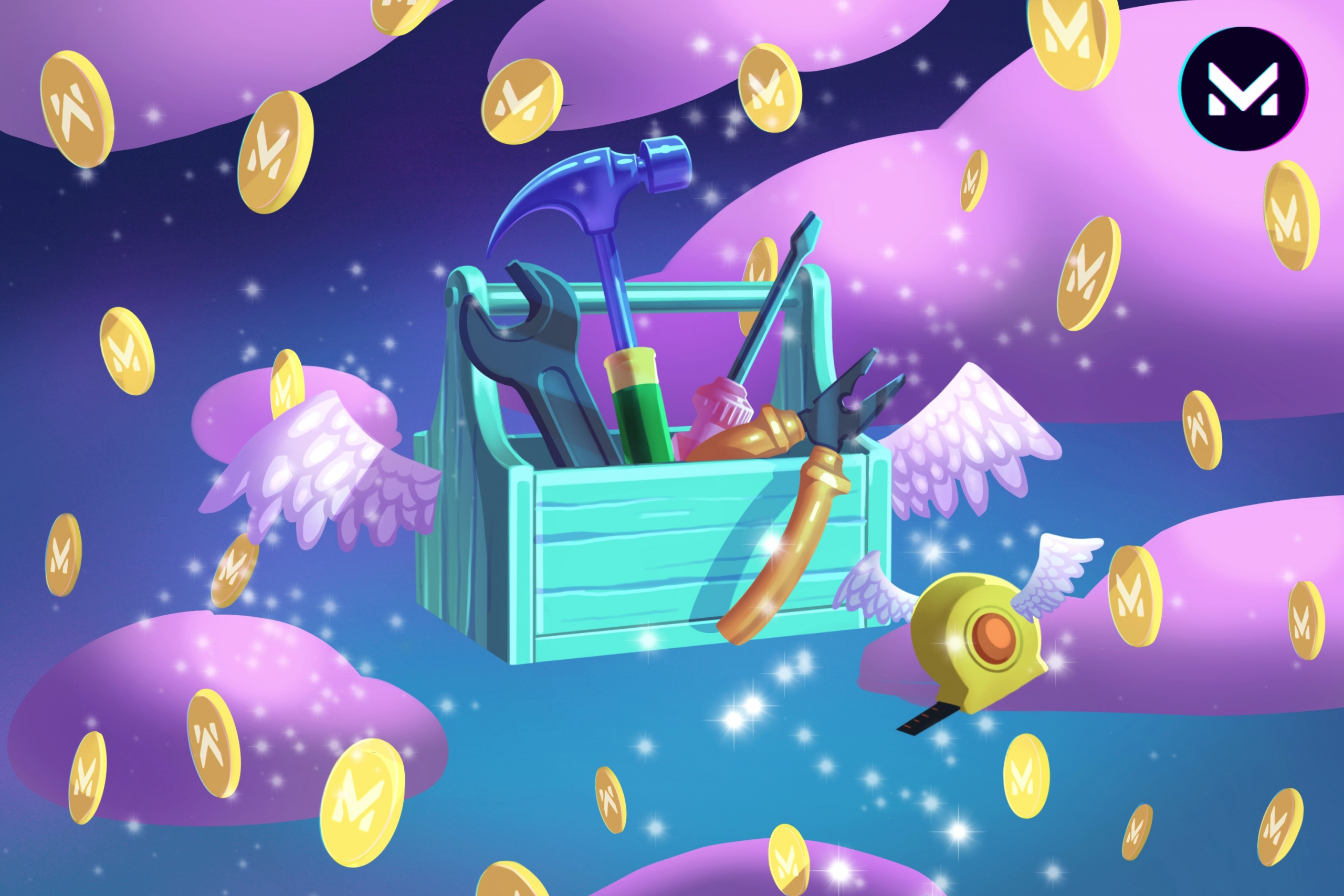Regardless of how a game looks and plays, of its genres and contents, marketing is a part of the development process all studios have to deal with at some point. The way you’ll present your project can pretty much define its success, there’s no way to deny that, but marketing is more than bringing your title to a convention or hoping a big YouTuber will find it interesting enough to play.
This is why, alongside the marketing team here at META Publishing, we’ve decided to put together a guide – a booklet of sorts, if you will – that will help you navigate the tumultuous waters of promoting your games to the world. Today’s chapter is all about understanding what’s around you, so grab a piece of paper and get ready to take some notes!

Step #1 – A Thorough Market Analysis
Let’s begin by dispelling one of the oldest myths surrounding the world of video-games marketing: despite what you often hear on forums and chats, you don’t need a finished product to start thinking about a promotional strategy. In addition to that, your planning should always try to reflect the current state of the industry.
What we mean here is that, unless you’re at the helm of a gaming supergiant, it’s often the market that influences how your game will do; not the other way around. It might not be the most glamourous part of the job but remember this: any potentially successful marketing strategy starts with a thorough analysis of the current trends and – most importantly – of the people behind them.
More specifically, you’ll want to consider what your potential competitors are doing and what your potential customers are looking for. If you already know the genre and niche of your game, don’t forget to analyze what the current niche leaders offer and how the biggest titles within that genre are performing. The information will be invaluable as you fine-tune your game to meet the needs of your audience. The objective here is to understand whether what you’re working on is unique enough to stand out.
Speaking of audiences, this first step wouldn’t be complete without a few words on the structure of the consumer market. Although we’re all usually lumped together as “gamers”, the group of people that are likely to buy your game can be split into multiple categories. We’ll talk more about it once we get to the chapter on influencers, community, and social media but, for now, know that each of these groups interacts and communicates in a very different way. You’ll need to understand how to reach them and get their attention before they’ll even know you’re making a game!

Step #2 – SWOT Is Your Mantra
Now that you have a general idea of what’s around you – or at least you know which way is up on the map – it’s time for you to meet your new best friend: SWOT. I know that the acronym sounds like some sort of potentially painful fitness exercise but don’t worry: the letters actually stand for Strengths, Weaknesses, Opportunities, and Threats.
SWOT analysis is used in all businesses – including game development – to self-evaluate your current position as a company and understand how likely you are to get to a specific objective. SWOT graphs are normally laid out in the form of a matrix and, once compiled with the help of your studio’s department heads, give you a clear picture of what you are great at, not so great at, what you could make use of, and what could potentially destroy you.
I’m feeling a bit dizzy just by writing this, so let’s see each of the blocks independently:
- Strengths: as one can imagine, strengths include anything your staff simply excels at. Whether it’s the unique style of your art department, the legendary abilities of your coders, the veteran QA team or the amazing PR contacts you’ve collected over the years, this part of the matrix will feature everything that you can use to reach your goal.
But that’s not all: to get a full picture of your company, the strength section should also include the unique resources at your disposal, as well as anything you might have done in the past that the community will perceive as positive. So if you’ve already achieved something as a studio, you might want to list it here!
- Weaknesses: just like the word would suggest, the weaknesses slot will detail anything that your studio normally struggles with. Are you known to lag behind in a specific part of the development process, for example? Does your company have virtually zero online presence? These are both very important points that you should consider before embarking on a new project.
Alongside your studio’s weaknesses, project-specific shortcomings should also appear in this category. If you’re trying to create the next hit in racing games but your 3D artists never modelled a car before, for instance, highlighting the issue and trying to fix it might be something you’ll want to invest in! - Opportunities: moving on from the discomfort of admitting one’s limits, the opportunities section encompasses any external circumstances that could support you in your endeavors. The list of opportunities a game development studio might receive is pretty much endless – at least if you know where to look for them – so I won’t be including any examples here.
Before we continue, however, just remember that both this and the next part of the SWOT matrix are dedicated to external influences. Anything that comes from within your ranks should be filed under the strengths or weaknesses categories instead - Threats: finally, for the last leg of what’s become a rather intense emotional roller-coaster, threats are just what you’d think of. Competitors, dangerous situations that your weaknesses expose you to, sudden changes in trends, and so forth are all variables you have to keep in mind before you move to the production phase.
Due to their unpredictable nature, threats are usually the hardest component of a SWOT analysis to assess. Although there’s no magic formula to getting them right, you should still try to be as objective as you can in your evaluation. And remember: better to brace for something that won’t happen than being caught with the proverbial pants down.

Step #3 – The Tools Of The Trade
We gave you a nice introduction, we added an easy to follow methodology, but you’re probably wondering where to start and how to even understand what the competition is doing. Don’t worry: the last part of this chapter will cover just that. Stick with us a little longer and we’ll teach you how to move your first steps in the right direction.
Since sales figures are almost never publicly available, at least unless the entities behind a specific game decide to make them so, you’ll have to take the scenic route if you want to know what your competitors are up to. More often than not, that entails using top charts, working through media reviews, or relying on estimates. If you can’t be bothered with maths, websites like SteamSpy and SteamDB are solid tools to gather some raw data.
In addition to those, social media also lets you get a pretty comprehensive picture of the competition. By looking up studios that build games similar to yours you’ll not only be able to size up the communities they have built, but also study their strategies and experience first-hand how they interact with the various audiences. Similarly, a glance at your genre’s biggest influencers will immediately show you which games are going well and which aren’t.
Finally, the best way to understand your competitors is to put your paws on their products directly. This might be a bit harder now, as the world remains in an almost complete state of lockdown, but nothing beats attending a convention and testing out the prototypes that are on display. That will give you a better taste of what you’re up against and might get you inspired for what’s to come!
Part II of Meta Publishing’s Brief Guide To Indie Games Marketing will cover marketing timelines: what to do and when to do it to make sure you can get the best out of your efforts. In the meantime, you can follow us on social media (Twitter, Instagram, Facebook) or join us for a chat directly on our Discord server!